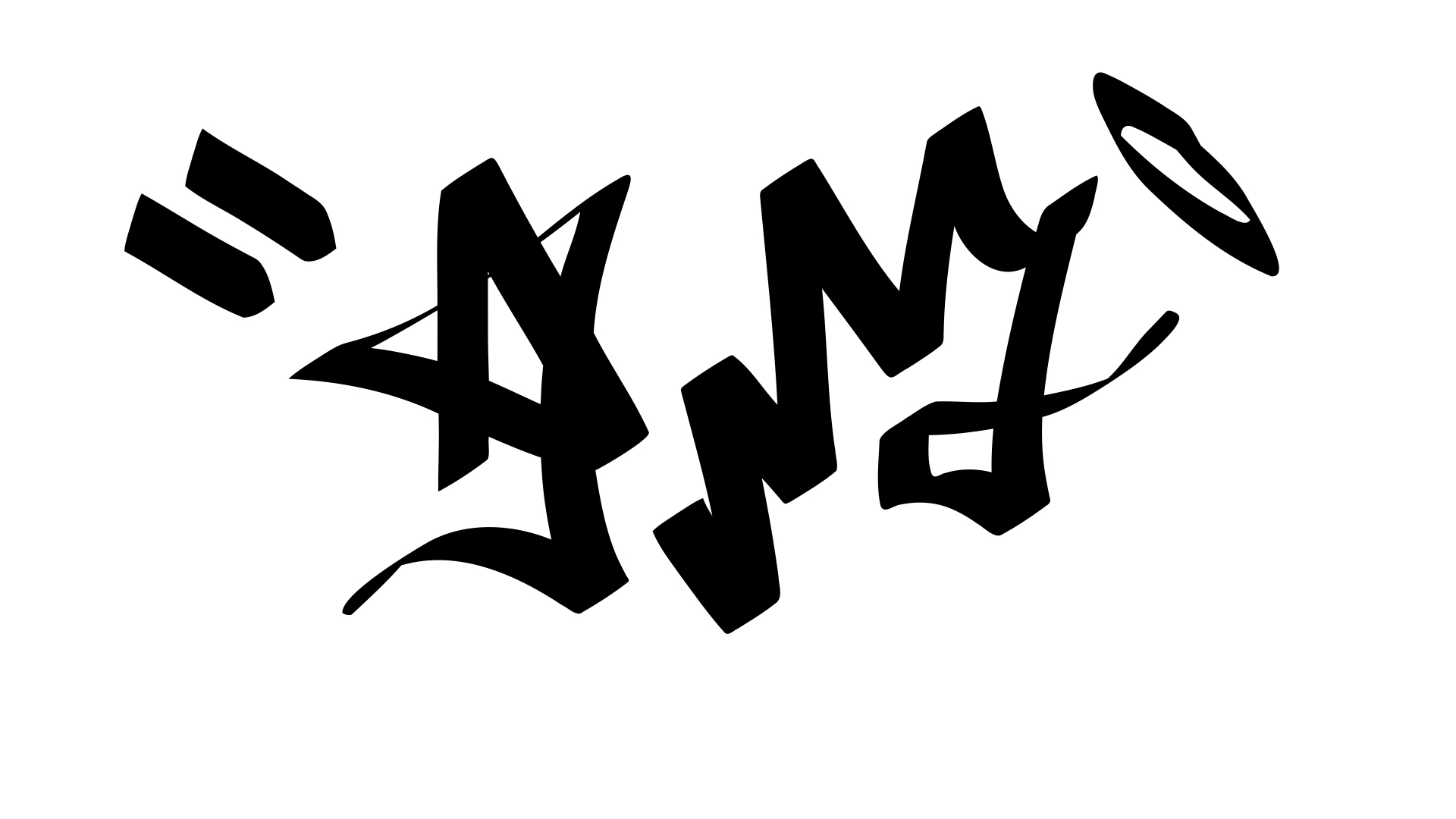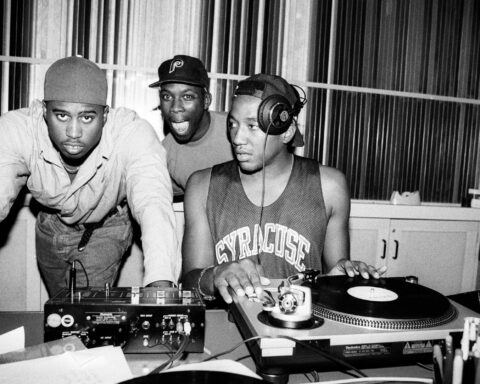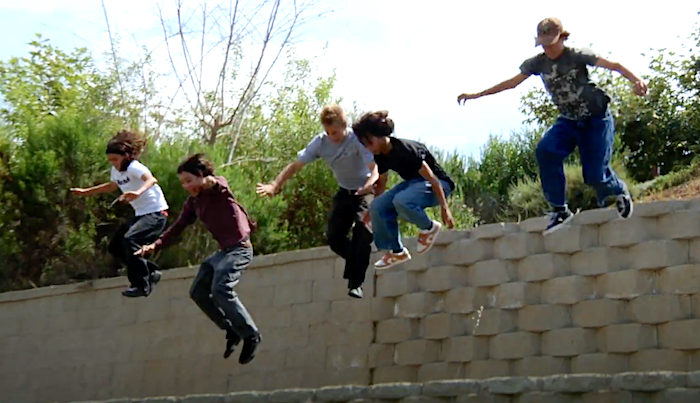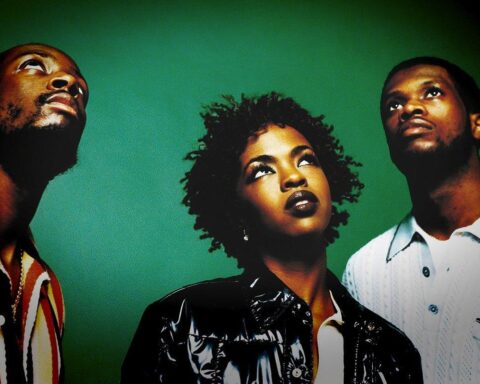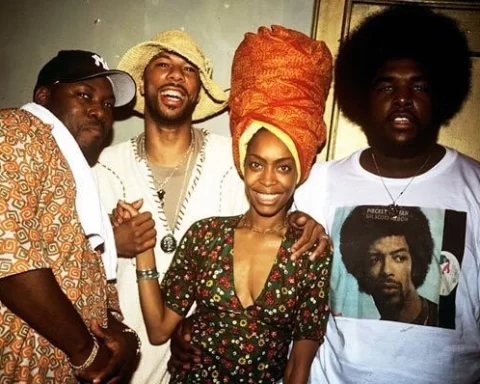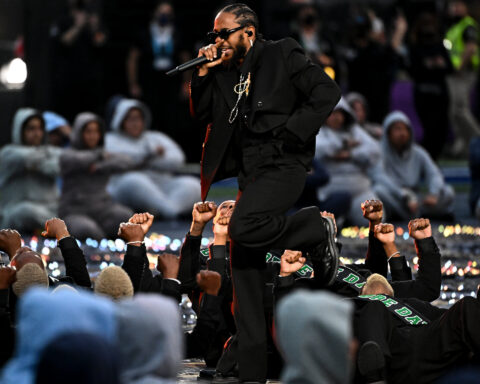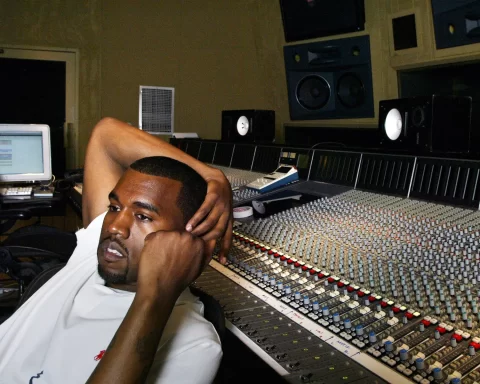Trap, a form of self-expression that originated in marginalized communities, receives an unfairly bad rap for its upsetting lyrics, but its ability to advance social and mental health is becoming more widely accepted. Call it whatever you want, rap, hip-hop, or trap, it doesn’t change its significance.
Willam Bratton, the former police commissioner of New York, was quick to pin the fatal backstage shooting at a Hip Hop performance on Rap music and the culture that surrounds it last year. Commissioner Bratton focused away from larger concerns of straightforward gun control and instead on “the crazy world of these so-called Rap artists (that) celebrates the violence.”
Rap, is a style of vocal delivery made popular by hip-hop music, and hip-hop culture has long been associated with several negative connotations. Because of this, some people, like Commissioner Bratton, only associate hip-hop culture with violence, criminality, misogyny, and profanity. Rap lyrics have been classified as a criminal threat by US prosecutors, and various research on Hip Hop’s negative effects on children have been conducted. The effects of this perspective are still evident.

There is no doubt that the lyrical content of Hip Hop music is upsetting and frequently glorifies violence, drug addiction, and gender inequality. However, Hip Hop culture at its foundation is based on principles of social justice, peace, respect, self-worth, community, and having fun. While many people find it difficult to look past the profanity, materialism, and risky messages frequently embraced within popular Rap music. Hip-hop is increasingly being employed as a therapeutic method when working with young people due to these key ideals.
The option of incorporating hip-hop into mental health treatments has become more commonplace thanks to the work of school counselors, psychologists, and social workers. In reality, it has taken center stage in the work of a group of Cambridge University psychiatrists known as “Hip Hop Psych,” who use Hip Hop as a vehicle for the advancement of mental health. Rap has even been referred to as “the ideal medium for music therapy” by others. So what is happening?
Despite having its roots in New York City, hip-hop culture has become a global phenomenon.
It would be difficult to locate a nation without some sort of Hip Hop scene. Two forces are what is driving this new reality. One is the commercialization of culture as a commodity, which has elevated it to the top of Forbes’ list of the most powerful industries in the world and spread it to any location within the reach of record labels or the Internet.

The second factor, though, is that hip-hop is still widely available and unpretentious. In its most basic form, beatboxing allows you to create or recite lyrics about anything without singing while creating a beat with your mouth or on a school desk. The proliferation of affordable music-making hardware and software opens up new opportunities for entrepreneurship and more flexible, creative participation.
Globally marginalized communities identify with the philosophy of defying exclusion or injustice and battling for justice and equity. Some people simply adore the rhythm and poetic flow. Beyond the beats and lyrics, everyone can enjoy the B-Girls and B-Boys dancing, DJs scratching and mixing, and graffiti artists writing and drawing. These are the four fundamental components of hip hop, along with emceeing, or rapping; the fifth component, Knowledge of Self, is the urge for self-awareness and societal consciousness.
Hip-hop is a highly successful therapeutic strategy for working with young people because of its accessibility and inclusivity. The majority of young people are at ease with it, and it offers a means of establishing rapport and the beginning of a client-therapist connection. The contemplative character of the lyrical content serves as a tool for encouraging introspection, growth, and learning. The enormous number of issues present in hip-hop lyrics gives therapists access to many subjects that are normally difficult to discuss, whether they are analyzing old songs or writing new content.
The repetitious and regular structure of Hip Hop beats is claimed to give musicians a sense of security, especially while writing songs and improvising lyrics and music. According to therapists, this gives persons who experience little consistency or safety in their daily life a sense of dependability; this is confirmed by research linking music participation and self-regulation.
According to Dr. Travis’ US-based research, many people who listen to hip-hop find music to be a powerful tool for empowering themselves and their community, despite the genre’s well-publicized negative connotations. More specifically, resilience in communities can be encouraged by the significant advantages to individual mental health in the areas of coping, emotions, identity, and personal growth.
Hip-hop is a good way for children from different backgrounds to interact with their larger community, academic tasks, and schools in general in Australian school environments, according to Dr. Crooke. Dr. Crooke recently examined the advantages of a short-term intensive Hip Hop and beat-making program for young people classified as oppositional, seriously disengaged, or at risk of exclusion in a study that has not yet been published. Results revealed that students were not only very interested in what they were learning through the program but also showed positive self-expression, developed strong relationships with the facilitators and improved social connections.
The gang culture and violence of the South Bronx in the 1970s, as well as daily encounters with poverty, racism, exclusion, crime, violence, and neglect, gave rise to hip-hop culture. It inherently embodies and cherishes social justice, community, understanding, and resilience. Hip Hop culture would not have existed without these, and the reason it is such a potent force for good in the world is that these values still form the foundation of the culture.
The Hip Hop Project is still enduring these trying conditions, nonetheless. Many societies still struggle with the negative repercussions of prejudice, segregation, and unfairness. Hip Hop frequently gives these real-world experiences a powerful voice. This is still one of the reasons why these themes are present in the lyrical content. Hip Hop’s ability to enable young, talented Black and Latino youth to create art that reflected the reality of their lives, of the neighborhoods around them, and of the larger social circumstances in which they found themselves was one of its main strengths when it first emerged. According to the American hip-hop group N.W.A., they were exercising their fundamental human right to “Express Yourself” to the fullest.
Even though it has been several decades, many young people still need to take similar action.

Hip-hop is not a magic bullet or a cure-all. Although it is not perfect, its promise cannot be disputed. Having complex social and historical roots, it is a culture. And because of these origins, it should not be appropriated without acknowledging, respecting, and addressing them because they are what give it its significance in our society.
These roots are what give contemporary culture the vast influx of fresh young voices empowered to champion justice, tolerance, and resilience. And it is because of its complex past that we can critically analyze our society and are forced to deal with issues like racial privilege, class inequality, and cultural appropriation.

We must confront our preconceived notions about Hip Hop culture and what is arguably one of the most significant and kindhearted movements in our world today given the urgency of our need for equity, justice, tolerance, and critical civic engagement in today’s society.

